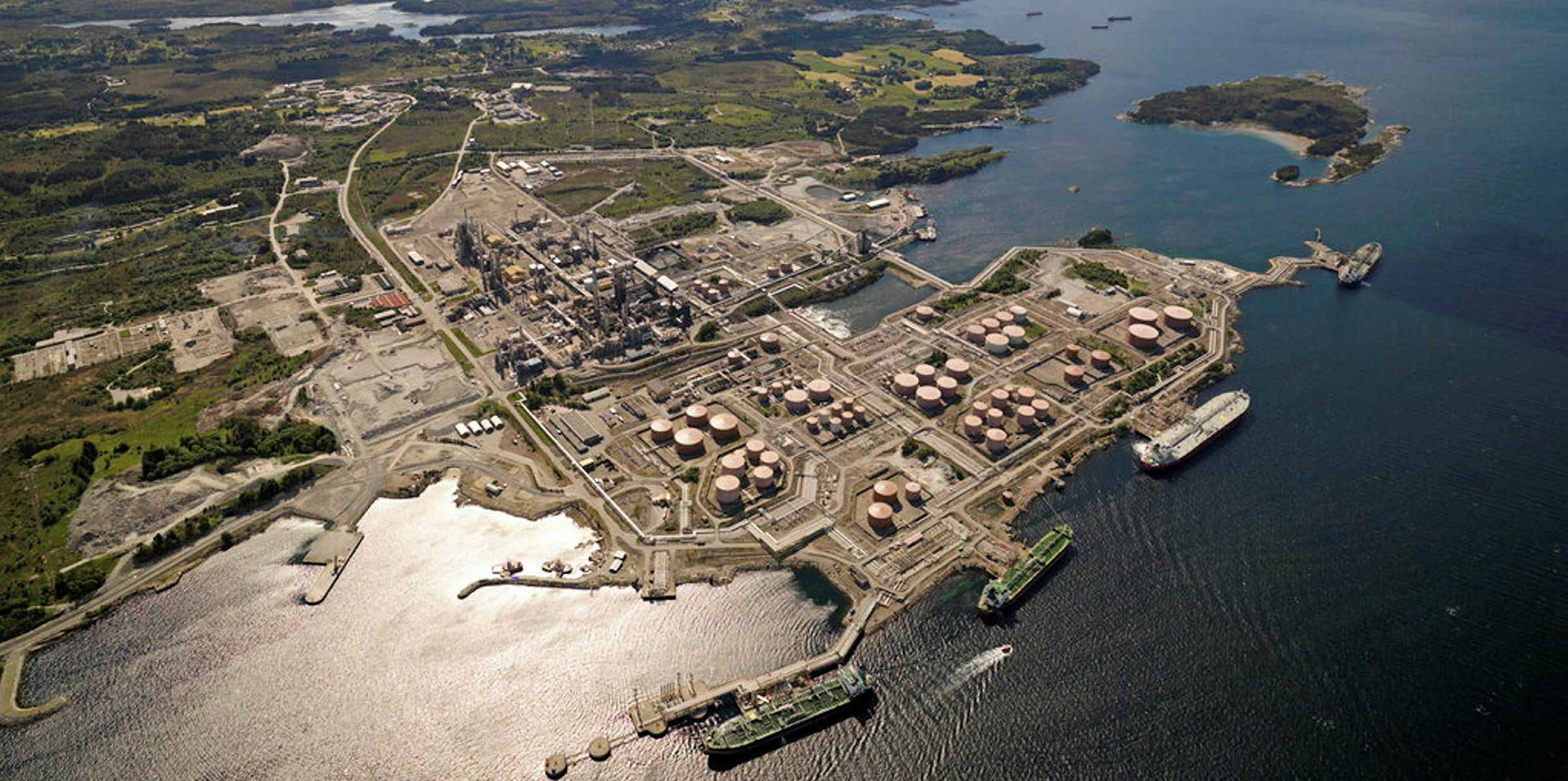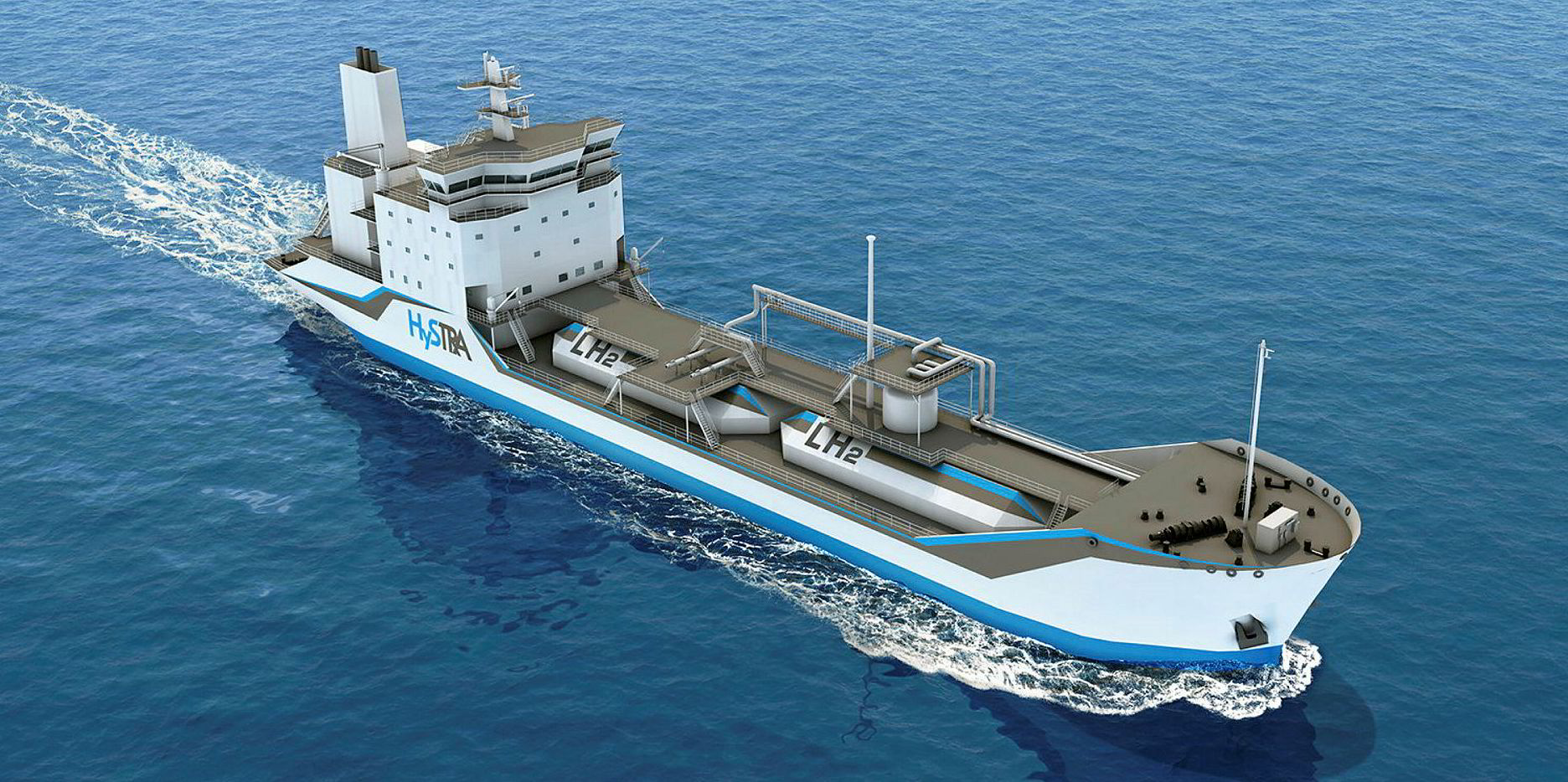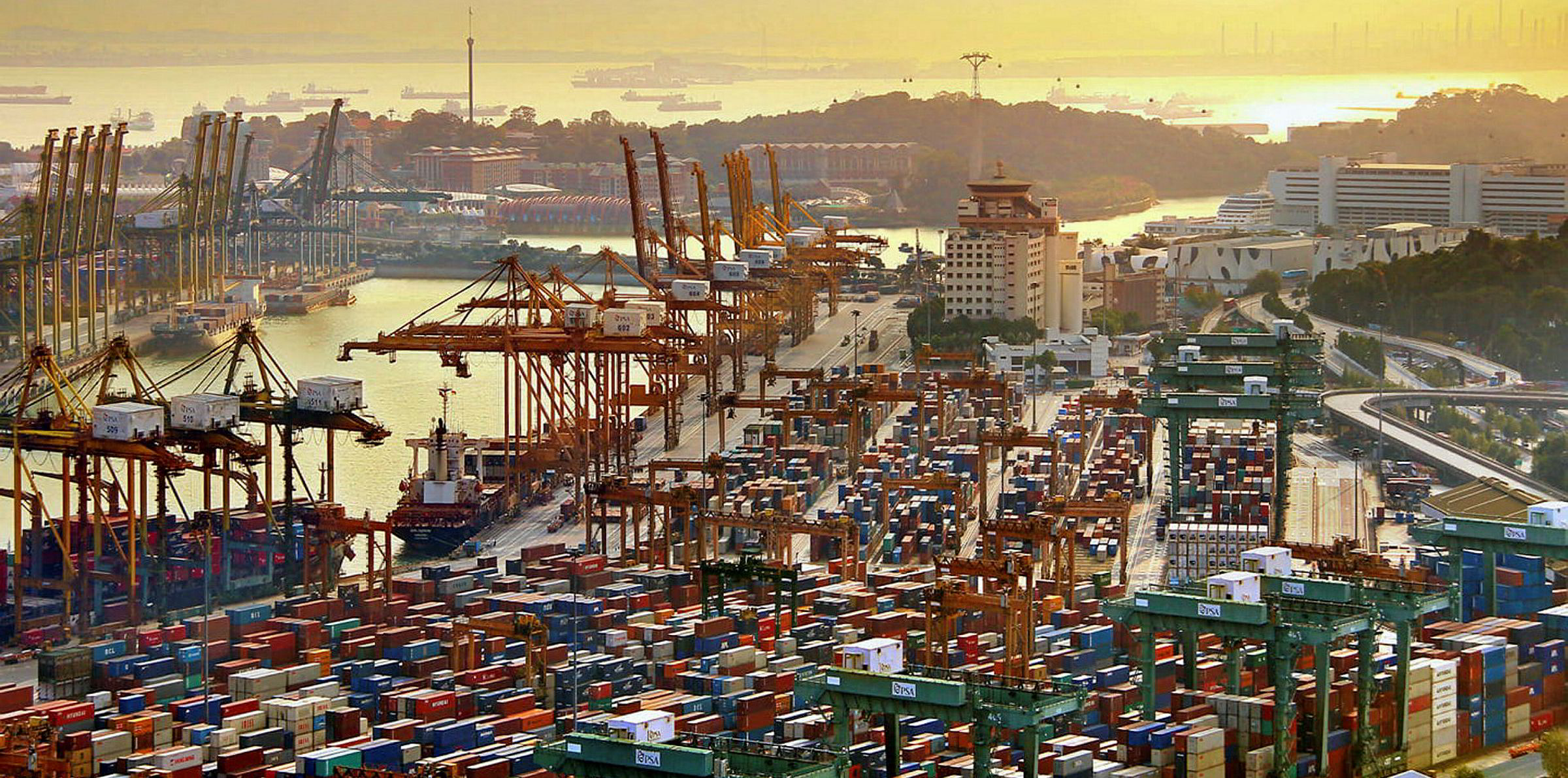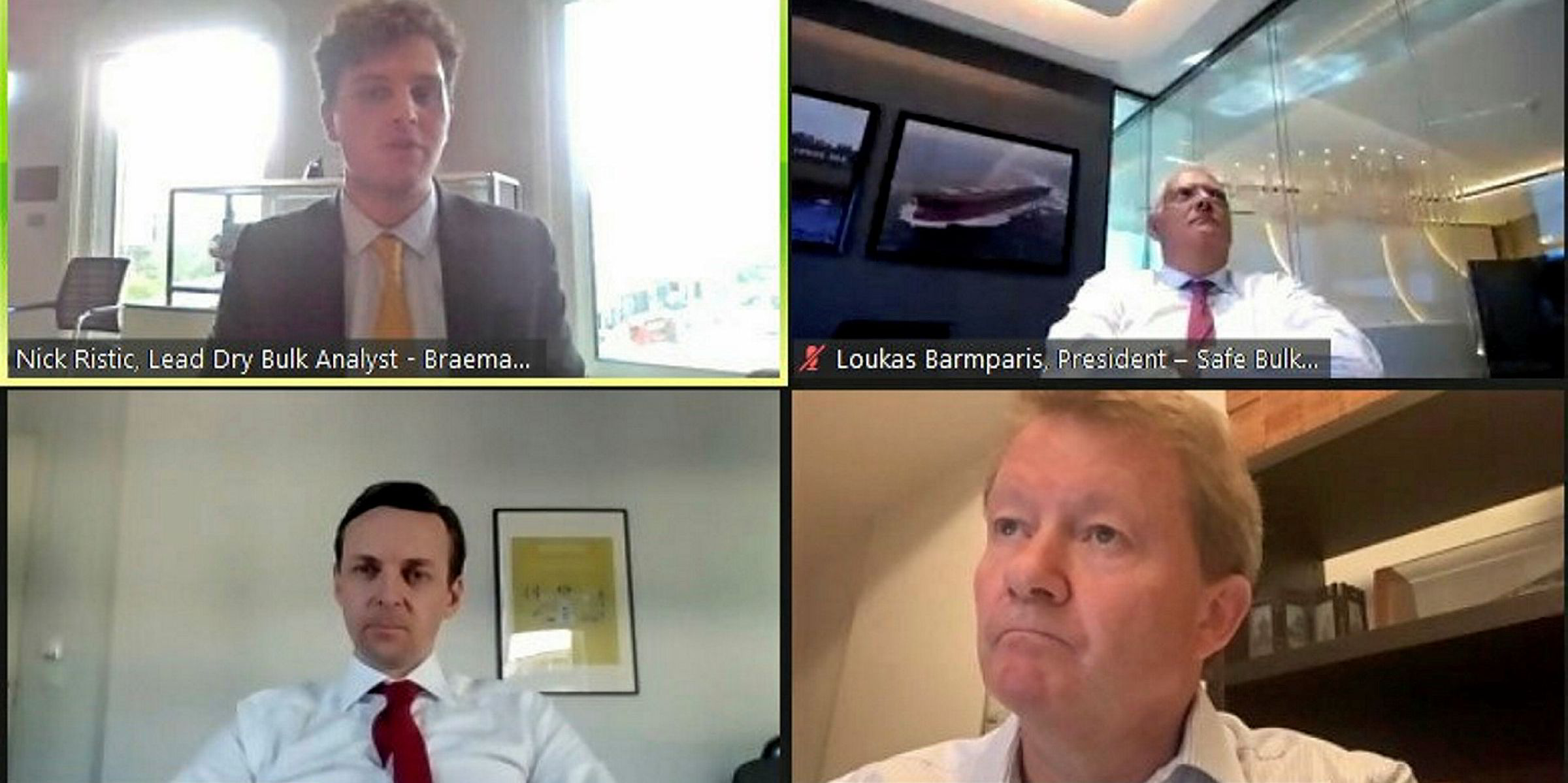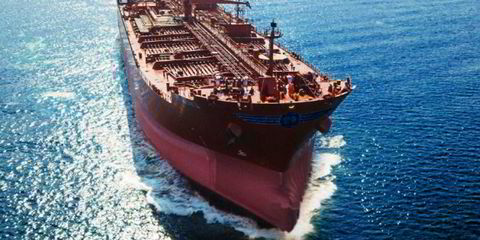A global energy transition from fossil fuels to low-carbon alternatives would threaten the era of tanker shipping but create opportunities on other fronts — albeit in the very long run.
Many energy firms and researchers believe hydrogen and ammonia will need to replace oil and gas to combat climate change, at least partly, although such a process is expected to take decades.
Assuming commercial and technical challenges are overcome, experts told TradeWinds new seaborne trade requirements could emerge in the next 10 to 20 years for shipping the low-emission fuels.
“As soon as this hydrogen economy takes off, you will indeed need shipping capacity to move the green hydrogen to these big consumer areas,” Belgian shipowner Compagnie Maritime Belge’s chief executive, Alexander Saverys, said.
“There is, of course, an opportunity for shipping to replace all the oil and LNG carriers with, maybe, hydrogen and ammonia carriers in the future.”
Technical challenges remain in transporting hydrogen by sea, as the fuel needs to be liquefied and stored in tanks at -253C.
In a pilot project, the Hydrogen Energy Supply-Chain Technology Research Association — whose members include Shell and Marubeni — ordered the world’s first liquefied hydrogen carrier from Kawasaki Heavy Industries.
Sea transport still too expensive

The 1,250-cbm Suiso Frontier (built 2020), which has a double-walled, vacuum-insulated tank, will carry a first cargo from Australia to Japan next year after sea trials.
“It is still very expensive to transport it via seaborne trade,” said Argus Media senior vice president, consulting, Yu Kin Yeo, adding that large movements of hydrogen cargoes by sea may not occur over the next decade.
Some believe that once hydrogen infrastructure is in place, the fuel will be carried in cargoes of between 10,000 cbm and 15,000 cbm. But liquefied hydrogen’s low volumetric energy density suggests it would require extraordinarily large cargo space when scaled up.
“For medium range, transporting in liquid form makes sense,” said Ludovic Laffineur, maritime policy manager at industry group Hydrogen Europe. “It does not make economic sense ... once it comes to long-range, intercontinental trade.”
Laffineur suggested liquid organic hydrogen carrier (LOHC) technology as a potential solution for deepsea trade. Still under development, this technology would allow a conventional oil carrier to transport hydrogen after upgrading its tanks.
Terminal operator Vopak teamed up with Mitsubishi, Covestro and AP Ventures last year to invest €17m ($20.1m) in developing LOHC technology for international hydrogen logistics. “They see a lot of business there,” Laffineur said.
Also, hydrogen can be used to produce ammonia via reaction with atmospheric nitrogen, and many LPG carriers are already capable of carrying ammonia.
A role for solar and wind

“My view is clearly that green hydrogen will be transported in the form of ammonia,” Saverys said. “That is the easiest way to transport it. Transporting ammonia, and then decomposing the molecule again in hydrogen and nitrogen once you arrive in ports, will be much cheaper than transporting hydrogen in a liquid form.”
In September, Saudi Aramco announced it had shipped the world’s first cargo of ammonia produced via carbon-capture technology from Jubail to Japan. The 40-tonne cargo was carried by Bihar International’s 35,000-cbm Al Barrah (built 2007).
Navigator Gas executive chairman David Butters, whose company has an LPG fleet capable of shipping ammonia, believes advances in solar and offshore wind power will allow more regions to establish power plants dedicated to ammonia production.
“That, combined with political and consumer pressure to move to a world of zero hydrocarbon emissions, will make green ammonia a prime area of development,” he said.
As ammonia is a corrosive product, Epic Gas chief executive Charles Maltby said vessels need to be specifically constructed to transport it safely. “It is not the case that every LPG ship can carry ammonia,” Maltby said. “For the use of ammonia to flourish, further shipping capacity will be required.”
Drewry data shows more than 90% of the LPG carriers between 15,000 cbm and 70,000 cbm can ship ammonia. But less than half of the vessels below 15,000 cbm have the same capability.
While also seeing hydrogen potentially being transported as ammonia, Argus principal consultant Neil D’Souza said the lack of capacity to convert ammonia back to hydrogen — a process known as cracking — could curb such development initially. “Large-scale ammonia cracking is still maybe a decade-and-a-half away,” he said.
Global demand for hydrogen has reached 70m tonnes per day, generally for oil refining and chemical production. Most hydrogen is currently derived from emission-intensive natural gas reforming or coal regasification.
But governments have been providing more incentives for hydrogen output via low-carbon means. Hydrogen produced in different ways is thus given colourful nicknames to distinguish its climate profiles.
Grey hydrogen: Produced from fossil fuels, this is the cheapest but has the highest carbon footprint.
Blue hydrogen: This is produced from fossil fuels when carbon-capture technology is adopted. Its costs are 32% higher than grey hydrogen but the production process has low CO2 emissions.
Green hydrogen: Made from electrolysers powered by renewable sources, its costs are 270% higher than grey hydrogen, but the production process has very low CO2 emissions.
Despite the names, all types of hydrogen have the same molecular structure and emit no CO2 during combustion.
Sources: IEA, Evercore ISI
